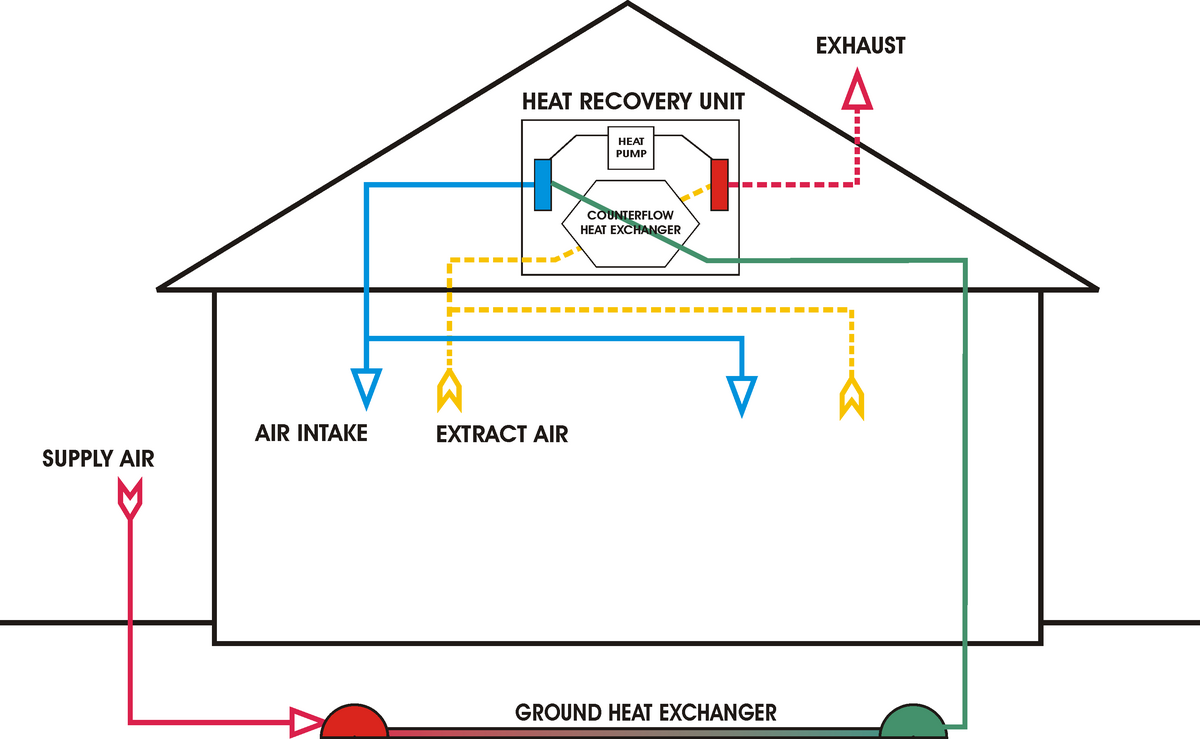Hey gang, I've got 2 holes on the skimmer air intake line and I'm wondering if running only one of those outside would be beneficial or should I just shoot for both of them. My thought is that if one gets clogged (the outside one) I'd still have some air intake so as not to flood the sump. Here's the thing, I know it wouldn't hurt but have any of y'all tried attaching running just one of them outside? In my situation, it's a lot easier to run the one that trying to figure out how to tie both of them together into a single line. Any thoughts?
The goal is to get my pH higher btw. My two systems are nearly identical in terms of levels and water volume but the tank that's 100% inside runs at 7.9 pH and the tank in my basement is usually in the 8.2-8.3 range. The difference is that my basement isn't sealed and the CO2 levels are much lower. I've never been one to worry too much about "chasing numbers" but the downstairs system exhibits better color and growth when everything is equal and pH is one of the most obvious differences.

The goal is to get my pH higher btw. My two systems are nearly identical in terms of levels and water volume but the tank that's 100% inside runs at 7.9 pH and the tank in my basement is usually in the 8.2-8.3 range. The difference is that my basement isn't sealed and the CO2 levels are much lower. I've never been one to worry too much about "chasing numbers" but the downstairs system exhibits better color and growth when everything is equal and pH is one of the most obvious differences.


